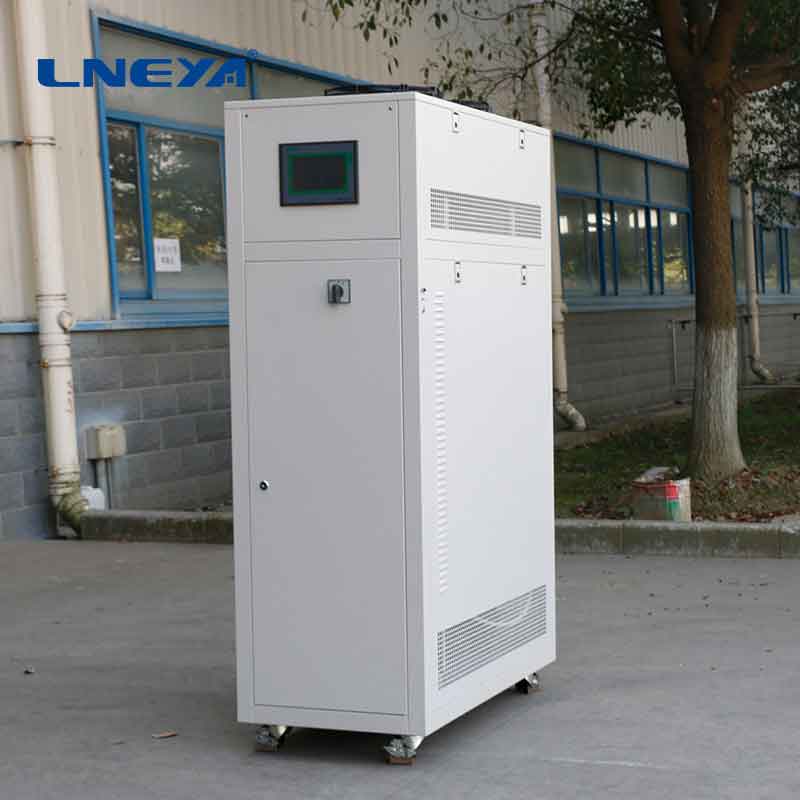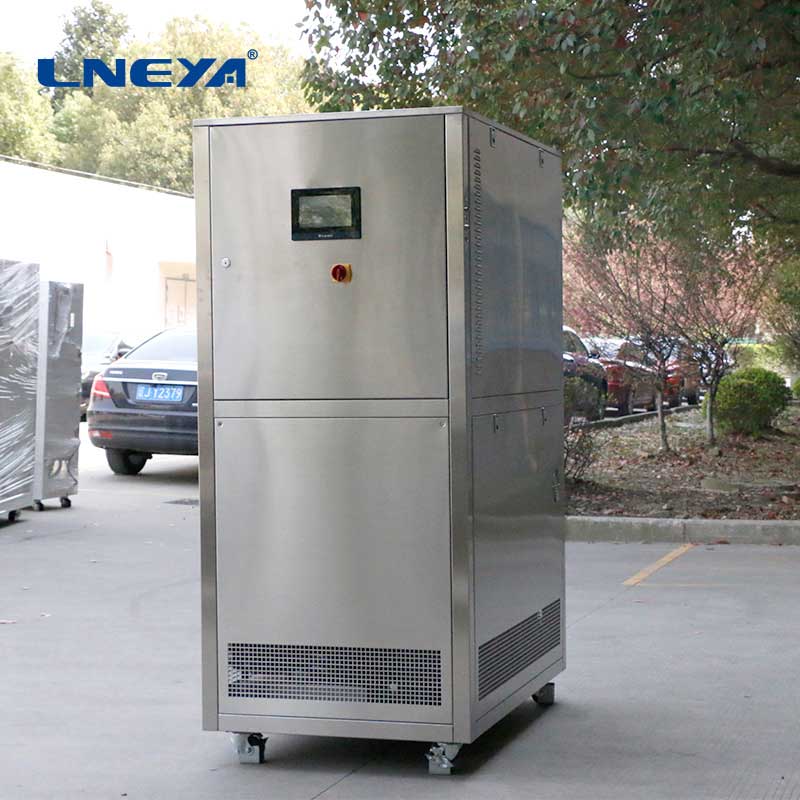cold water cooling system
Cold Water Cooling Systems: Design and Efficiency
Introduction
Cold water cooling systems are vital in industries such as manufacturing, pharmaceuticals, and data centers, where they help regulate temperatures for processes and equipment. These systems circulate cold water to absorb heat, maintaining a stable and cool environment. This article delves into the design, components, and efficiency optimization of cold water cooling systems.

System Components
A typical cold water cooling system consists of several key components:
Chillers: These are the heart of the system, responsible for cooling the water through a refrigeration cycle.
Pumps: They circulate the cold water to various parts of the system and return the warmed water to the chiller for re-cooling.
Cooling Towers: They dissipate the heat absorbed by the water to the atmosphere, completing the cooling cycle.
Heat Exchangers: They transfer heat from one fluid to another, and are crucial in both heating and cooling processes.
Controls: Modern systems use advanced controls to optimize operation, including scheduling, set points, and valve control.

Efficiency Factors
The efficiency of a cold water cooling system is influenced by several factors:
Proper Sizing: Oversizing or undersizing any component can lead to reduced efficiency and higher energy consumption.
Regular Maintenance: Cleanliness and proper functioning of components like pumps and chillers are essential for optimal performance.
Environmental Conditions: Ambient temperature and humidity affect the performance of cooling towers and the overall system.
Control Systems: Advanced control systems can optimize the operation of the system, reducing energy consumption.
Maintenance Practices
Regular maintenance is crucial for the longevity and efficiency of cold water cooling systems:
Inspections: Regular inspections help identify potential issues such as leaks, worn parts, or malfunctioning controls.
Cleaning: Components like heat exchangers and cooling towers should be cleaned regularly to maintain heat transfer efficiency.

Replacement: Components like pumps, motors, and gaskets should be replaced as they wear out to maintain optimal performance.
Advanced Control Strategies
Advanced control strategies, such as model predictive control (MPC), can optimize the operation of cold water cooling systems. These strategies use algorithms to predict and adjust the operation of the system based on real-time data, improving energy efficiency and reducing costs.
Conclusion
Cold water cooling systems are critical for maintaining optimal temperatures in various applications. By understanding the components, factors affecting efficiency, and implementing proper maintenance practices and advanced control strategies, operators can ensure that their systems operate efficiently and reliably. Regular inspections and cleaning, along with the use of advanced control strategies, contribute to the longevity and optimal efficiency of these systems.
Related recommendations
thermic fluid system
257Introduction to Thermic Fluid SystemsA thermic fluid system, also known as a thermal fluid system or heat transfer fluid system, is a closed - loop or open - loop configuration that uses a heat -...
View detailsWhat should be paid attention to during the debugging operation of air cooled water chillers?
1160What should be paid attention to during the debugging operation of air cooled water chillers? 1. Pressure and leakage test: Close the valves in the air-cooled chiller unit that a...
View detailschiller 5 kw
5235 kW Chiller: Efficient Cooling for Small to Medium Applications 5 kW chillers are engineered to provide precise cooling in applications where space and energy efficiency are paramount. With a ...
View detailsportable industrial chillers
766Portable Industrial Chillers: On-the-Go Temperature Control for Industrial Processes Portable industrial chillers, also known as portable cooling units, are specialized refrigeration systems de...
View details
 LNEYA Chiller
LNEYA Chiller







HelloPlease log in